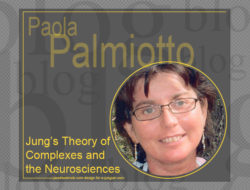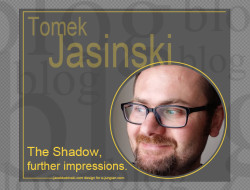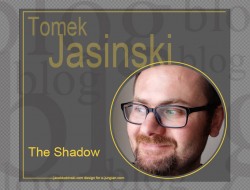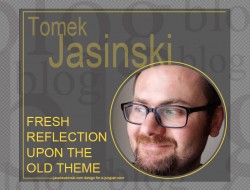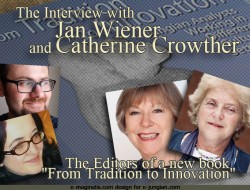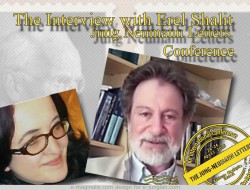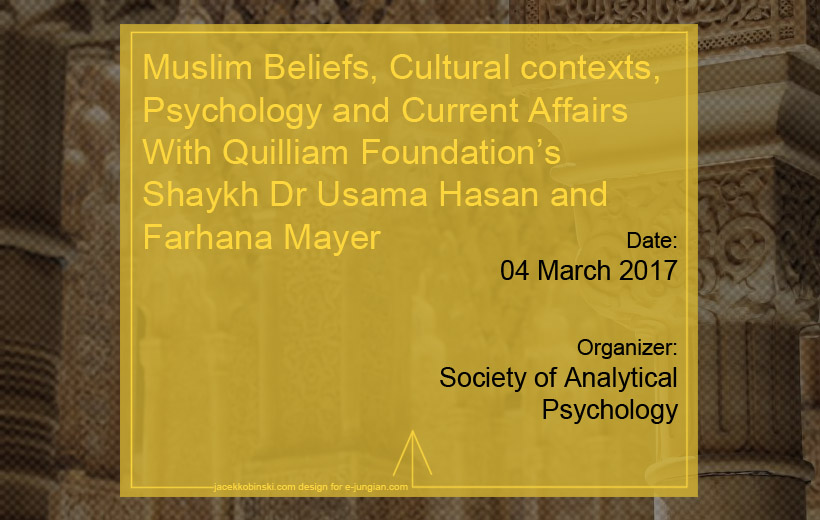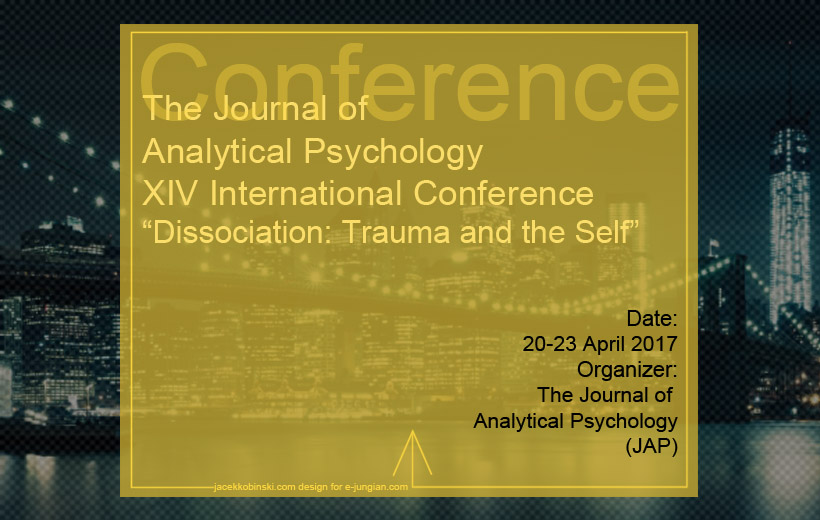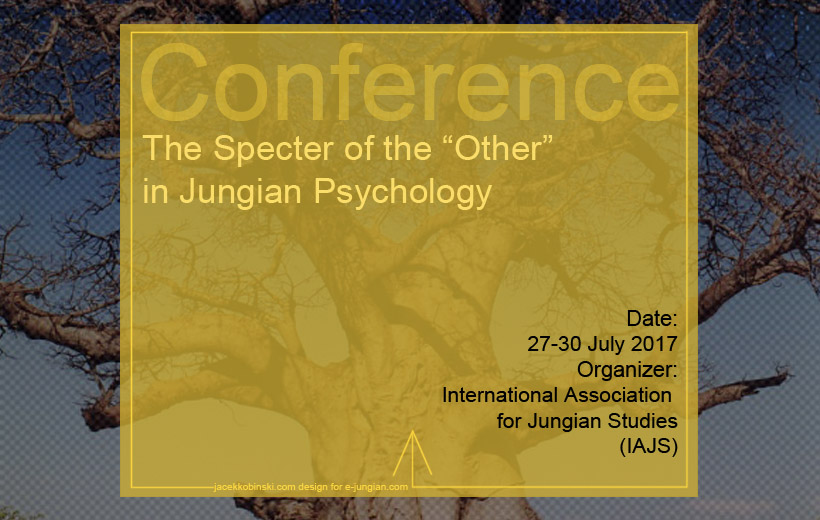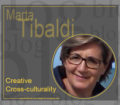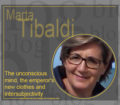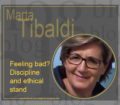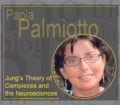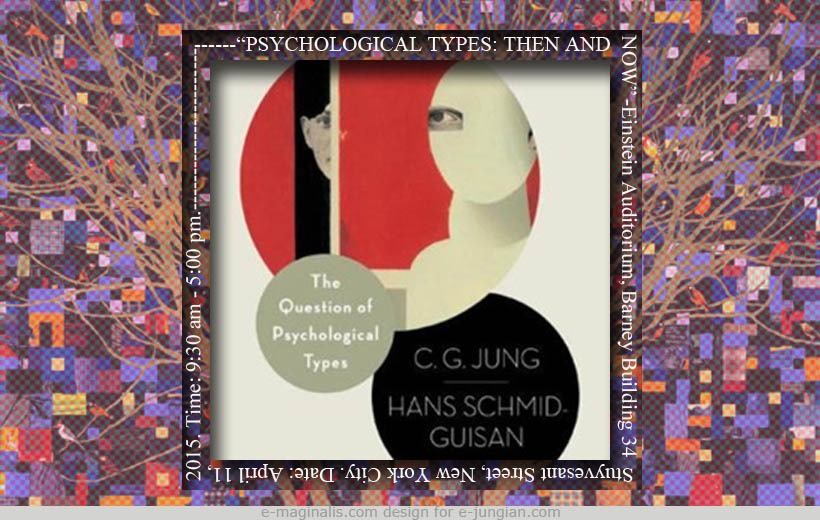
Presented by
The Jungian Psychoanalytic Association with
The International Association of Analytical Psychology
The Philemon Foundation
NYU Steinhardt Department of Art and Art Professions
Exploring the differences in his disposition from Sigmund Freud’s and Alfred Adler’s, two other pioneers of depth psychology, the Swiss psychiatrist C. G. Jung developed his theory of personality types. Jung’s typological concept emerged as a flexible, four-function two-attitude model of introversion and extraversion, the basis for the Myers-Briggs Type Indicator, still widely used for assessing individual type orientation. The MBTI is prominent in couples and family therapy, vocational counseling, coaching, and organizational development. In analysis and psychotherapy, the psychological types’ perspective can be a key to interpreting dream figures, confronting complexes, integrating projections, and understanding transference and counter-transference dynamics.
Jung’s 1921 Psychological Types marked his return to the frameworks of depth psychology, after his focus on his personal journal, The Red Book. With the recent publication of The Red Book, and the Philemon volume The Question of Psychological Types: The Correspondence of C. G. Jung and Hans Schmid-Guisan 1915-1916 (John Beebe and Ernst Falzeder, co-editors; Princeton University Press, 2013), we can retrace Jung’s paths of ideas and inner experience toward his types theory.
Program:
- Ernst Falzeder – Types of Truth: Jung’s Philosophical Roots
- John Beebe – Individuating the Types
- Elizabeth Murphy – The Development of Type in the Individual
- Craig E. Stephenson – Jung’s Types and the Making of W. H. Auden’s The Age of Anxiety



